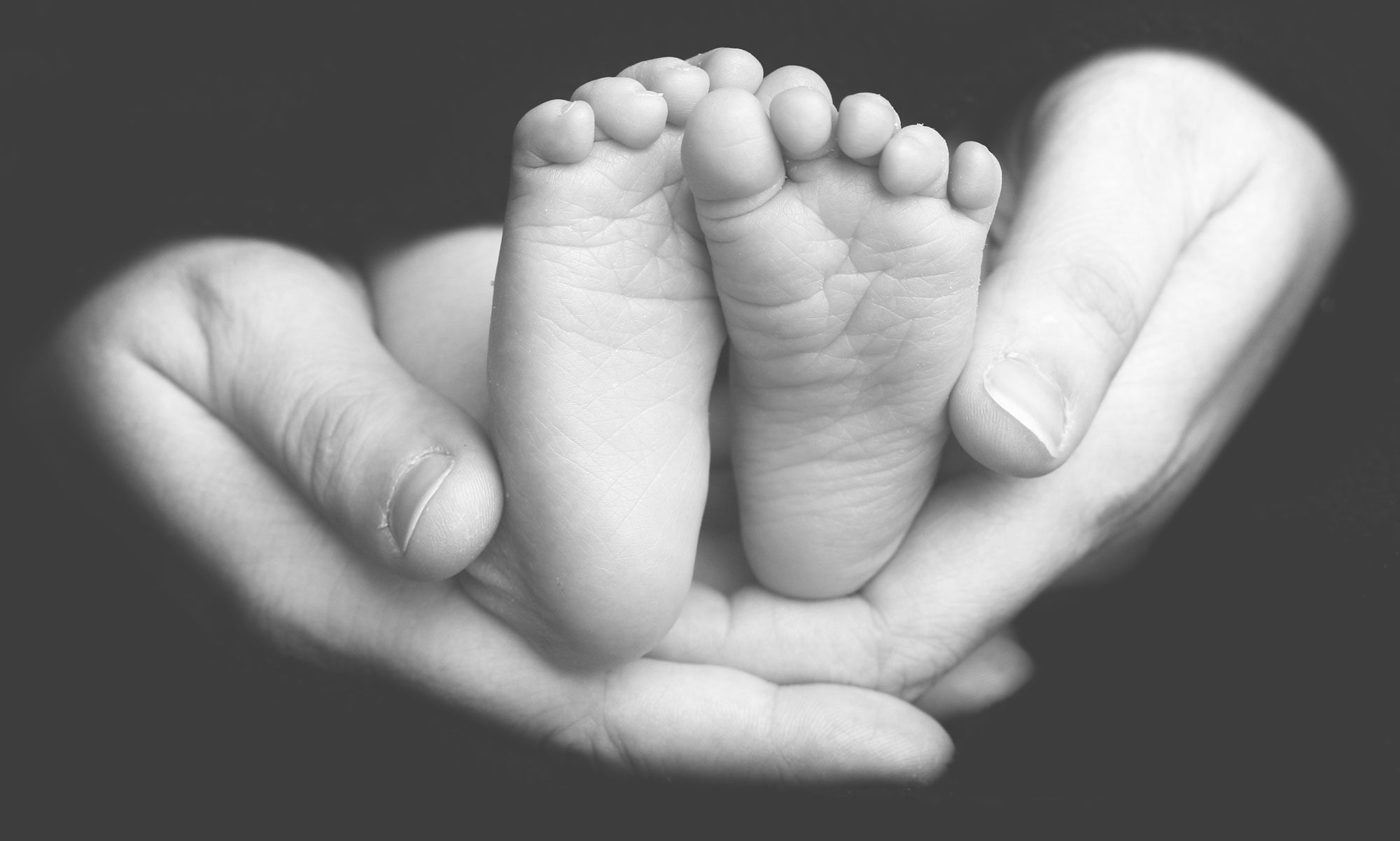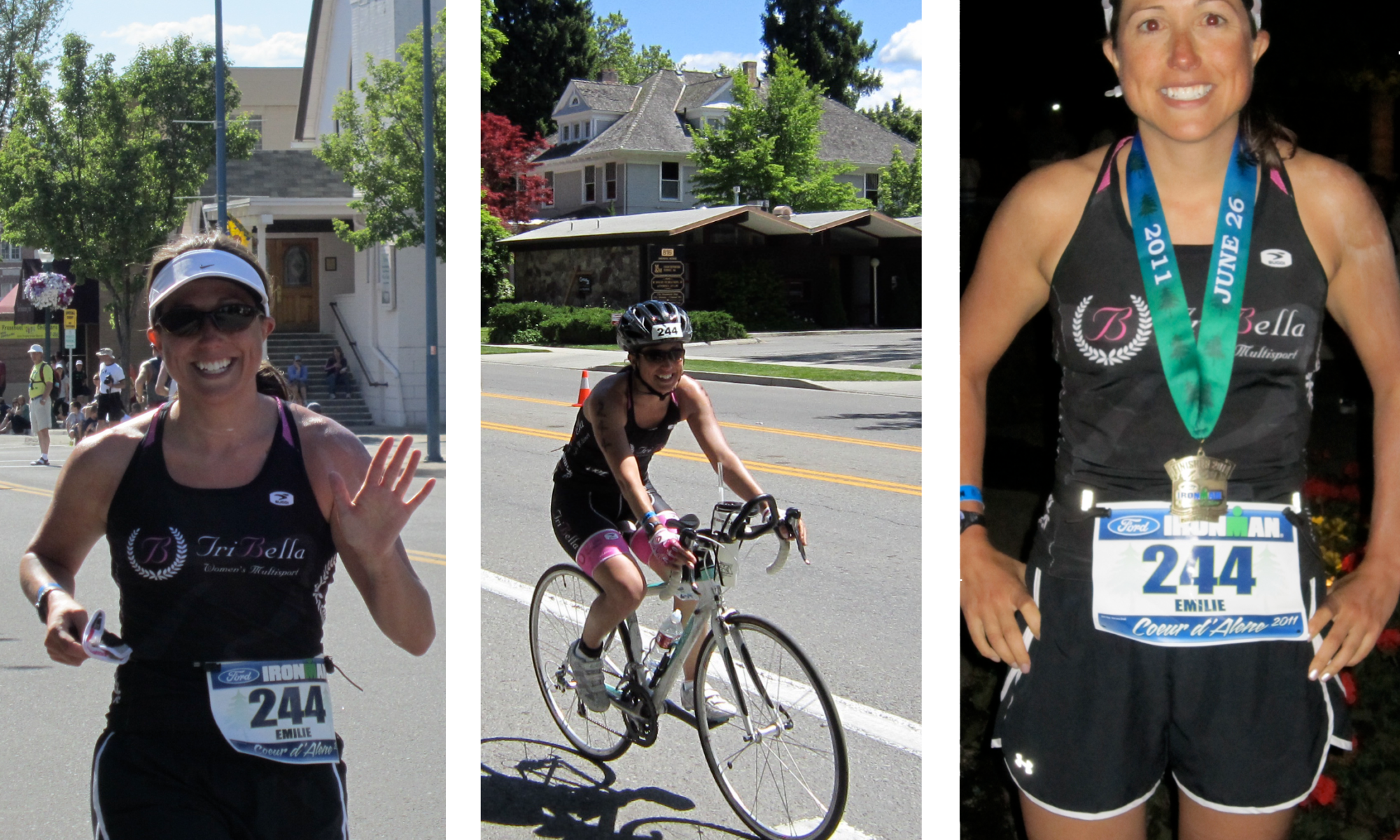 “Waking up from a coma is pretty scary, especially when you can’t see”
“Waking up from a coma is pretty scary, especially when you can’t see”
The flu virus has a variety of symptoms and levels of severity. Unfortunately, there are many diseases, syndromes, and infections that can start out as flu-like but be caused by something entirely different.
Marathon runner and middle-school librarian, Emilie, had come down with what seemed like the flu. After three days of gradually worsening symptoms, she admitted herself to the emergency room where doctors diagnosed her with a rare and advanced form of Stevens-Johnson syndrome (SJS).
SJS is an allergic reaction that impacts mucus membranes all over the body including skin, eyes, nose, and mouth. The more severe form of SJS, toxic epidermal necrolysis (TEN), involves more than 30% of the skin surface and extensive damage to the mucous membranes. Blistering has been described as “an eruption resembling scalding of the skin”.
“Skin all over my body would blister and slough off. I lost chunks of my hair, fingernails, toenails … the entire bottoms of my feet had layers completely peel off … skin on my nose and lips turned black like frostbite.”
Emilie spent the next ten days in the burn unit in a medically induced coma with her skin blistering and sloughing. The damage was so severe that she had gone completely blind by the time she woke up.
“Coming out of a medically induced coma is different … they’re telling me all these things that have happened to my body. I really couldn’t anchor my senses of what was around me, it took about two days to realize what happened.”
During her time in the coma, a local eye surgeon had attempted an experimental procedure to stimulate healing in her eyes by using amniotic membrane made of human placental tissue. He performed two of these eye surgeries while she was in the coma and, after two months of healing and a third eye surgery, Emilie was able to see once again.
“I had three surgeries where he would essentially stitch the tissue onto my eyes during the acute phases of blistering … I was one of the first people to have had this performed on after losing vision to SJS.”
The cause of Emilie’s spontaneous outbreak is still unknown; however, after healing, she was able to return to work and continue running. Two years after her recovery, she was able to give back by completing an Iron Man to raise funds for the burn unit she was on and has served as an advocate for those who have been through similar experiences.
“I was blind. They didn’t know if it was going to be for life. I don’t know what it would’ve been like without it … it was pretty amazing.”


